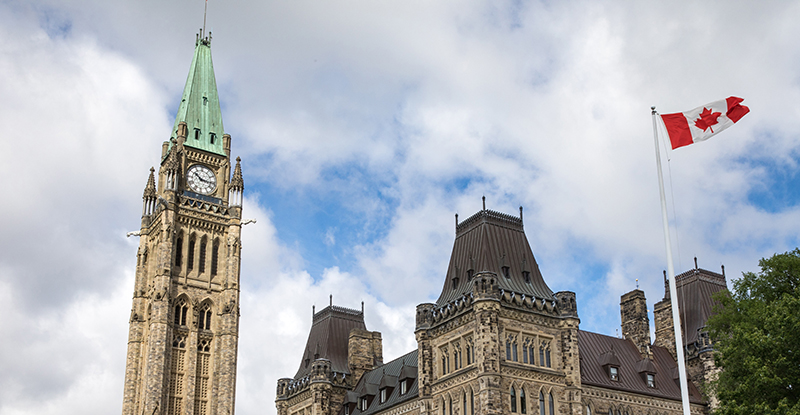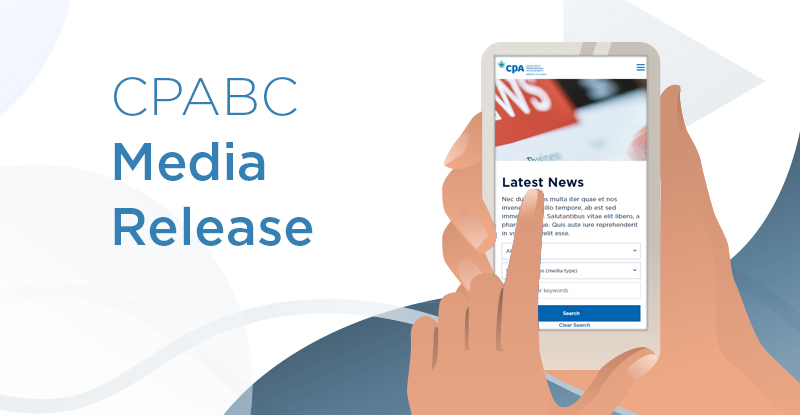
Federal programs including CEWS/CERS extension, major funding for new programs
On April 19, 2021, the Government of Canada released its first budget since the pandemic began. It provides an update on the fiscal situation and major announcements on programs, including extended pandemic supports, subsidized childcare, and funding for economic recovery over the next few years.
Here’s a short overview:
Fiscal and economic situation
- The federal deficit was $354.2 billion (16.1% of GDP) in fiscal year 2020/21. That’s a $27.4 billion smaller deficit than expected in the fall update, in large part due to a stronger than expected economic rebound.
- The deficit is primarily a result of the massive government spending to support Canadian workers and businesses during the COVID-19 pandemic. The government highlighted how the record size of the deficit is meant to be a one-off with an intention to reduce the deficit going forward.
- Still, significant deficits are forecast over the next five years, including $154.7 billion in fiscal year 2021/22 before moderating to $30.7 billion by fiscal year 2025/26.
- The deficit spending will increase the federal government’s debt-to-GDP to 51.2% in 2021/22 before falling slightly to 49.2% by 2025/26 as the annual deficit declines and the economy grows.
- The budget expects real GDP contracted by 5.4% in 2020 but forecasts it will grow 5.8% in 2021. This is an improved outlook compared to the winter update (-5.5% in 2020 and +4.8% 2021).
Extension of existing programs, new funding announced
The federal budget contained major announcements, including the extension of pandemic support programs and funding for new initiatives.
- The budget outlines $101.4 billion in new spending to help navigate the ongoing COVID-19 pandemic and improve Canada’s economic recovery.
- $12.1 billion to extend COVID-19 business aid programs, including the new Canada Recovery Hiring Program (CRHP). The program would be available June 6 to November 20, offering up to 50% of new remuneration from wage increases, additional hours, or new employees. This is to be used in conjunction to CEWS, with a business receiving whichever benefit is greater.
- Extension of the Canadian Emergency Wage Subsidy (CEWS) to September 25, 2021. However, the subsidy rate will gradually decline starting July 4 from the current maximum weekly benefit of $847 to $226 by the end of the program. Employers will need to have lost revenue of 10% or more to be eligible starting July 4.
- Canadian Emergency Rent Subsidy (CERS) to be extended until September 25.
- National childcare program: the federal budget includes $30 billion over the next five years and $8.3 billion each year after that with a goal to lower the average cost of childcare to $10-a-day. It is largely modelled after the Quebec system.
- Many demographic or sector-specific supports were announced, including funding to improve long-term care across Canada, advance life sciences research, support the tourism industry, improve housing affordability, support youth and women, and environmental initiatives. For more specifics, see the federal budget website.
The road to economic recovery
Canada has put forward one of the largest fiscal relief packages of any G20 nation. The better than anticipated economic outcomes are in no small part due to the large fiscal support provided to Canadian workers and business owners. The budget also introduced important measures, including helping improve the accessibility and affordability of childcare.
However, the large fiscal cost of the programs will require long-term consideration to address the growing debt levels incurred through the crisis. So far, the federal government has largely avoided indicating how they may establish a fiscal anchor as the economy recovers to ensure debt is sustainable.
As the country continues to distribute COVID-19 vaccinations and pivots from recovery to growth, it will be important to ensure we are thoughtful about ways we can enhance our economic growth, ensure we support those facing the largest challenges, and overcome the fiscal challenges the pandemic has created.
CPABC will continue to provide updates on government initiatives and fiscal indicators to provide insight on the economic recovery process. To see more analysis on the overall economic situation, see CPABC’s economic dashboard.
Aaron Aerts is an economist for CPABC.



